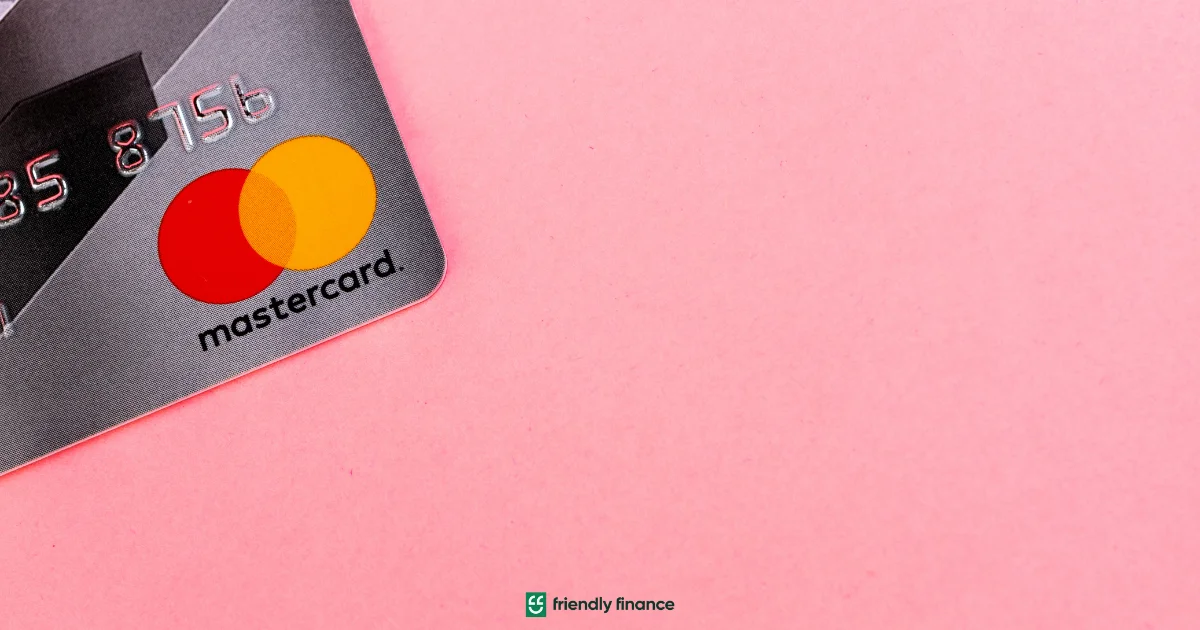Struggling with Credit Card Debt? Here Are Smart Ways to Take Control in Australia
With the on-going rise in Australia’s cost of living, more and more Aussies are also turning to credit cards to meet their everyday needs. As of March 2023, the amount of credit card debt Australians have that are accumulating higher interests came at a whopping $17.73 billion.
As cost-of-living pressures are still expected to get worse, it is highly likely that credit card debt will continue to increase. For people that are struggling to make the minimum repayment amounts, there may be options to consider that can help reduce the overall debt and interest rates. – You can either opt for a balance transfer credit card, avail of a debt consolidation loan, or request for a debt management plan.
But before you choose an option, the first important step is to stop adding more debt to your credit cards. Increasing the debt on your cards will also increase the overall interest rates and fees you are paying on a monthly basis, which will reduce your likelihood of becoming debt-free in the near future.
Secondly, calculate the interest rate you are currently paying on your credit card debt. Knowing your interest rate will be very useful when comparing alternative options that can help you reduce your monthly outgoings. If you are struggling to find the interest rate highlighted on your account, examining your monthly credit card statement will help. Each month you will see an amount added to your outstanding balance as interest accrued. Use this amount and the outstanding balance at the time to calculate your APR. For example:
The outstanding balance on your credit card is: $3,500
The interest amount for the month is: $65
The $65 is 1.85% of the outstanding balance.
Multiplying the percentage by 12 to calculate your APR = 22.29%
1. Balance Transfer Credit Card
A balance transfer credit card gives you the ability to transfer your credit card debt from existing cards onto the new card, with a period of time that has a 0% interest rate. This will allow you to repay your debt more efficiently as you will not be incurring monthly interest fees. Take the above example that has a 22.29% APR:
If the outstanding balance is $3,500 and you’re meeting the minimum monthly repayments of $100, it will take you around 58 months to pay off your debt. During this time you will also pay a total of $2,206 in interest on top of the principal.
If you transfer the debt to a balance transfer credit card, it will only take 35 months to pay off the debt if you are meeting minimum monthly repayments of $100.
Balance transfer cards will often have a fixed time period with 0% interest rate. After this time, interest will be due each month, with the rate offered based on your creditworthiness. Balance transfer cards may also charge an initial balance transfer fee to transfer your existing card debt on to the new card. The fee will usually be shown as a % of the amount, so look out for this when comparing cards. Balance transfer credit cards are usually only available to consumers with good to excellent credit ratings. If you have bad credit, this may not be a viable option for you.
2. Debt Consolidation personal loan
A debt consolidation loan involves taking out a new loan in order to pay off your existing debt. The loan essentially combines all your unsecured debt into one new loan with more favourable interest rates, resulting in lower monthly payments. The interest rate offered to you will depend on your creditworthiness. If a provider offers an interest rate higher than your existing credit card, it is not worth opting for that lender. A debt consolidation lender may also charge an initiation fee and monthly service fee so be sure to factor these fees into your affordability calculations.
3. Debt Management Plan
A debt management plan is an agreement between you and your creditor that helps to address the outstanding debt. Usually managed by a third party counsellor, it requires the consumer to stop using their line of credit and to make monthly, affordable, payments to the counsellor agency who uses the money to pay creditors. The agency will work with you to understand how much you can afford to pay on a monthly basis and will attempt to secure you a lower interest rate, longer repayment terms and/or a reduction in your overall debt. The counsellor agency may charge a monthly fee for use of their service. Enrolling in a debt management plan will show up on your credit report but will not affect your score if you keep up to date with the monthly payments. Whilst in a debt management plan you will not be given access to other lines of credit.

